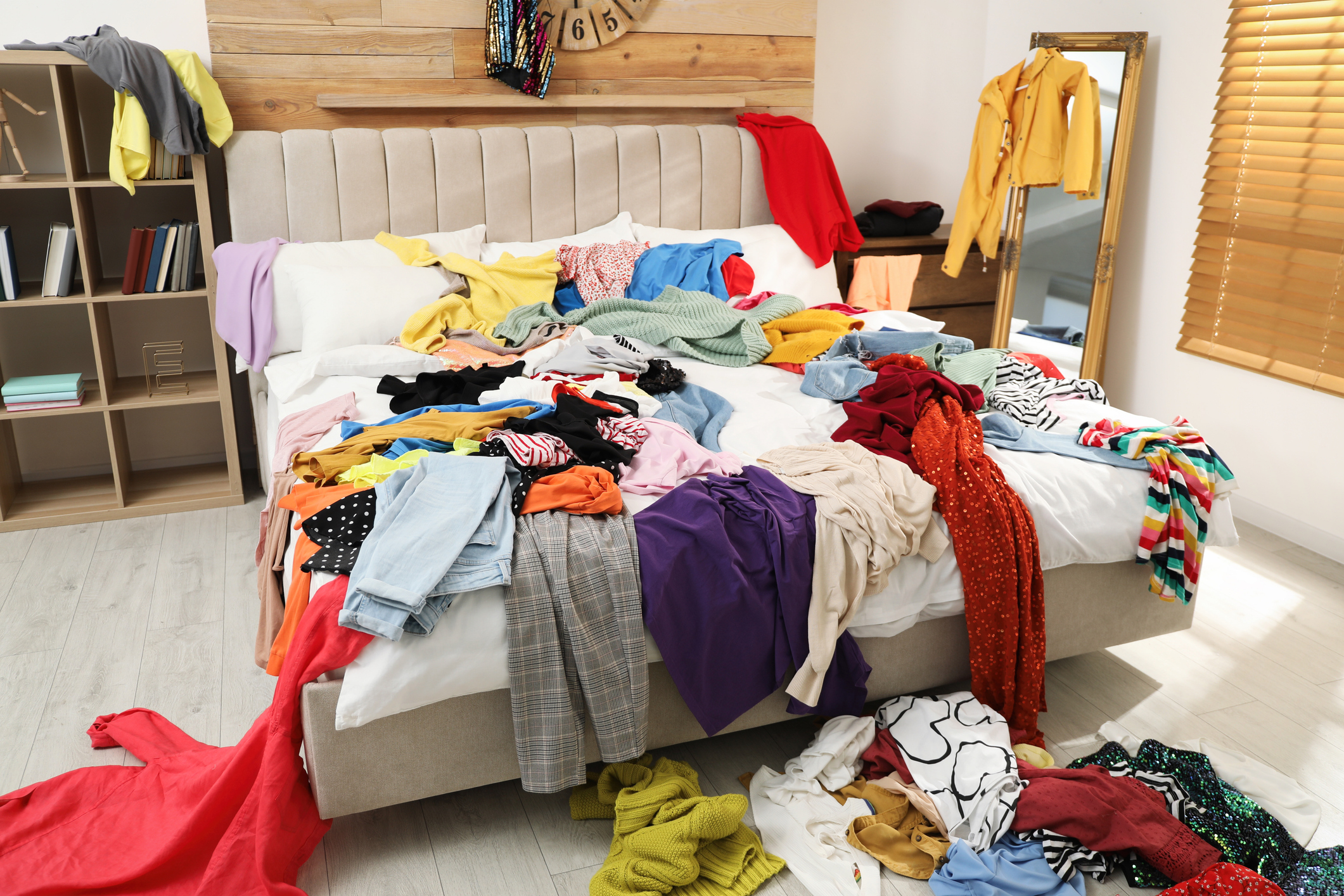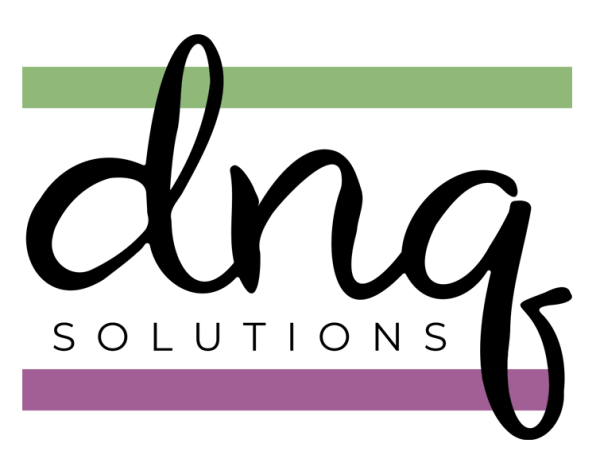
Do you diet? If so, what kind of dieting do you do? There are all kinds of diets. My favorite kind is a diet that allows all foods in moderation. Merriam-Webster offers this simple definition of diet: a.: the food and drink that a person, animal, or group usually takes. b.: the kind and amount of food selected for a person or animal for a special reason (as improving health) Now that we know what a diet is, let’s compare clutter control and dieting. I think that limiting the number of things you bring into your home is like the limit you place on what you eat. It’s all about finding the balance that works for you and the way you want to live your life.
5 Similarities between clutter control and dieting
1. Change your habits and mindset:
Once you have decided that you are going to change your eating habits, it’s a given that you must also change the way you think about food.
The same is true for controlling clutter.
If you decide that you don’t want clutter to accumulate on the kitchen counter, you must change your habit of piling things there.
Changing your habits regarding clutter and/or food is not a quick or easy thing to do. Both require patience and practice.
2. Planning and strategy:
To be successful in your endeavor to either change your eating habits or change the way you tackle clutter you need a plan.
In both cases you can start by determining your vision.
How do you want your home to look?
Perhaps you want to keep the clothes in the closet and have the kitchen counters readily available for cooking.
What results do you want to have by changing your eating habits?
Maybe you want to be healthier, have more energy, or fit into a certain size clothes.
Once you determine your goal, you need to devise a strategy involving specific steps to achieve your goal.
3. Avoiding temptations:
If you know that clutter comes into your home because you stop in the Dollar Store (just to look) and end up leaving with lots of little things, avoid that temptation.
- Do not go to stores, just to look.
- Avoid shopping without a list and only buy the things on your list.
Since we now have delivery services for groceries, you can do your grocery shopping online and have the food delivered. This will help you avoid temptations in the grocery aisles.
If you like to go to the grocery store to select your produce and other ingredients, then follow these steps.
- Plan your meals
- Make a comprehensive grocery list (check your pantry)
- Buy only the things on the list
4. Portion control and boundaries:
When your diet is like mine (all foods in moderation) you are not limiting yourself to only eating certain foods. Instead, it’s more about portion control. Portion control also applies if you are limiting your caloric intake. You know a large portion or more than one portion at a meal will not help you reach your goal.
If we stretch our minds a bit, we can apply the concept of portion control to clutter. We can decide to reduce the number of cute things on a tabletop to the ones which we think are the cutest. This controls the clutter.
As you go about decluttering, set boundaries for the number of things you keep in any one category. Limit yourself to the things you need, use and truly love, everything else contributes to clutter.
5. Consistency and Maintenance:
The biggest similarity between controlling clutter and dieting is the need to be consistent in your approach and schedule regular maintenance. That is, if you want to have lasting results.
We all know what happens when someone goes on a strict diet. They lose weight, right? Then when the person declares they are finished with the diet, the weight comes back on.
Why? Well, because they weren’t consistent with their effort and the diet was so strict it was impossible to maintain.
Decluttering is similar because when you consistently pay attention to what you bring into your home and what you do with it, controlling clutter is not so difficult.
But when you let down your guard and don’t pay attention to what you bring into your home and what you do with it, clutter accumulates quickly.
A regular maintenance routine is very important if you want to control clutter in your home.
One main difference between controlling clutter and dieting
Visible progress:
Decluttering has instant visible results. Think about your junk drawer. When you spend a few minutes emptying the drawer, discarding the things that are useless or broken, and then put the random things you need to keep the drawer instantly looks better.
The same is not true for dieting.
It’s possible to follow a diet to the letter for a week or even two and not see the needle move very far on the scale.
Decluttering is so much easier than dieting for that very reason alone.
Practical Tips
Here are some practical tips for controlling clutter.
- Start in one area
- Take a picture before you start, and when you finish. You will be better able to see your progress this way
- Work for short periods of time, taking breaks in between decluttering sessions
- Decide how much is enough
- Maintain each area once you have finished removing the clutter
- Give yourself grace
Conclusion:
The similarities between dieting and controlling clutter are hard to ignore. Both require us to put temptation aside and focus on our goals. This can be hard to do. It’s hard to resist tempting aromas or the desire to have those cute things on our mantel.
When we give in to temptation and buy that food or those cute things to put on our mantel, we must give ourselves grace.
We can begin dieting again tomorrow and we can make space for new things by either putting away the things that are currently on the mantel or even better by donating them. Keep your vision of what you want your home to look like and how you want it to function in mind just as you will keep your vision of what healthy eating means to you and your body as you go about controlling clutter and dieting.
If you are interested in more specific strategies for controlling clutter in your home send me an email to schedule a free 30-minute phone consultation. You can email me at dnqsolutions@gmail.com
Diane N. Quintana is the owner of DNQ Solutions, LLC. She is an ADHD Organizing Specialist, a Hoarding Specialist, and a Chronic Disorganization Specialist. Diane is also an ICD Master Trainer, Certified Professional Organizer in Chronic Disorganization, Certified Professional Organizer and co-owner of Release Repurpose Reorganize LLC based in Atlanta, Georgia. She specializes in residential and home-office organizing.


What a clear and cogent analogy, with so many tendrils of thought! We have junk food; things that we don’t even like to eat and which don’t nourish us, things that we grab out of convenience and habit; similarly, we end up with all kinds of clutter (mail, those dollar-store and TikTok shop finds, things that people give us (for free at conferences, or when they’re trying to clear their own homes), and we gobble them up into our systems just like junk food.
You’re so right that moderation is key, but even more right that the big plus of organizing is that we can see success in a short period of time. A few short sessions tackling one space can make a world of difference; if only we could do the same with our diets. (I’m reminded of the school reunion episode of Derry Girls, where the moms went on a “crash diet” the morning of the reunion! ;-)
Thank you, Julie!
Great comparison. It makes it very clear what you need to do to control your clutter. Sometimes in networking group introductions, I will say do you want to lose 200 pounds in a day? Making that slight reference to dieting and then I talk about working with me to clear the clutter.
That’s great Julie! I bet your reference to losing 200 pounds in a day makes people pay attention!
Very interesting. I’ve never compared decluttering to dieting, but I agree with your points. #4 Portion Control vs Boundaries is very relatable for me. I’m guilty of mindlessly eating and I talk to my clients about setting boundaries in their space all the time.
Thank you, Janet.
Great post, Diane! There are so many similarities between decluttering and dieting. After all, we will be losing weight either ways. Weight in things and weight in pounds. =)
Thank you, Sabrina!
This makes so much sense about the parallels between dieting and clutter. Having a strong why and support for your journey is essential. It’s also important to remember that it’s not a straight trajectory. Those on a decluttering journey can experience backsliding (returning to a previously cluttered state,) and those on a weight-loss journey can regain some of all of their lost weight.
As you said, one key is consistency. But the other two most important are the compelling why and finding the right support.
It is so very important to understand your motivation. It is what will keep you working toward a stated goal. Thanks, Linda!
What a fantastic analogy. There really are so many similarities. As I read this, I’m wondering if people who struggle with diet and healthy eating have the same feelings about physical belongings, or whether they are just very separate in their minds.
I often joke with clients that they have to work with nutritionists and trainers for months to lose weight, but with me, they will probably shed many pounds in 3 hours LOL. It is true, though, right? Our results are so much faster, which does make decluttering easier than dieting for sure.
Really love this way to think about decluttering, Diane!
Thank you, Seana! I think there are so many ways we can relate to these 2 topics.